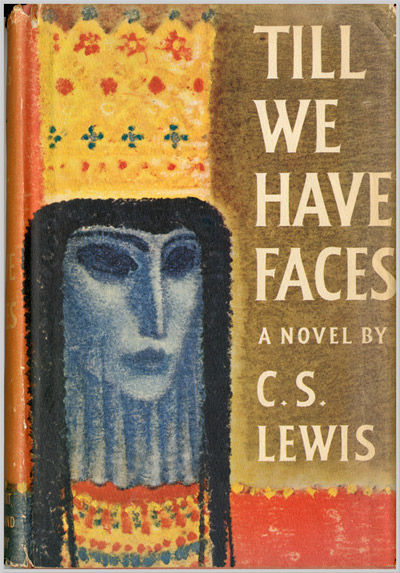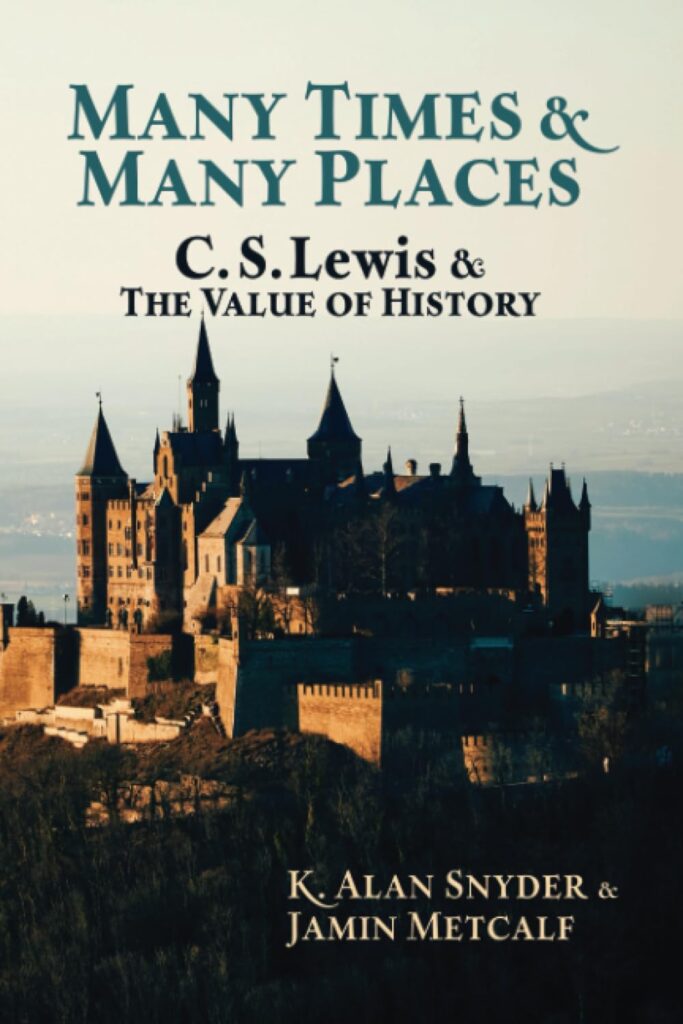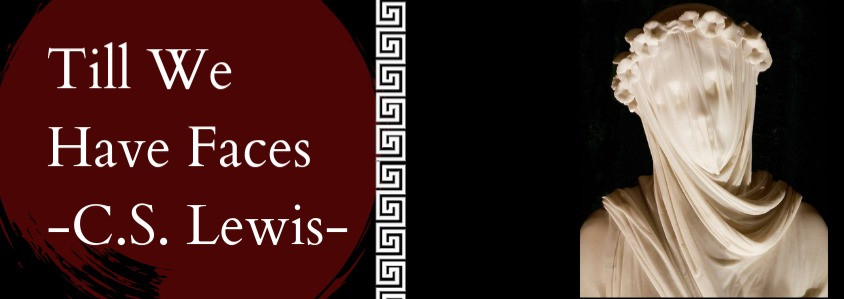C. S. Lewis’s Till We Have Faces, for many years, was kind of a mystery to me. All of my Lewis reading prior to tackling this book was centered on his apologetics and fantasy. I loved the logic of Mere Christianity and Miracles and basked in the delights of the Ransom Trilogy, The Screwtape Letters, The Great Divorce, and of course, the Narnia tales. The first time I read Till We Have Faces, I came away from it disappointed. This was not the C. S. Lewis I was used to reading. Where was the forthright declaration of Biblical truth? Why was there not some indication of ultimate realities that came through so clearly in his other fantasy writing? What was the point of this novel?
At least, those were my first thoughts, and from what I’ve heard from others who love reading Lewis, my thoughts were not unique—others had the same questions.
A few years later, I decided to try again. After all, Lewis remained my favorite writer, so there had to be something I was missing. In that space between those first and second readings, I did learn that the theme of the book was something Lewis was always interested in pursuing, as it was based on an early Greek tale. I also learned that Joy, who later married him, was instrumental in encouraging the writing of this novel, and that many people believe he wouldn’t have been as successful conveying the story through the eyes of a queen without her input.
My second reading went better than the first. I did see more than with the first reading. But, interestingly, it was in writing my latest book, Many Times & Many Places: C. S. Lewis & the Value of History, that I saw more. And it wasn’t my doing. I must give credit to my co-author and former student, Jamin Metcalf, for advancing my understanding. When we decided to include a chapter on how Lewis used history in his fictional works, I knew that Till We Have Faces had to be included. Yet, I also knew I was not as qualified to write about that book as he was. What he offered truly helped me into a deeper grasp of what Lewis was seeking to do. The section of the book that talks about Till We Have Faces is all Jamin’s contribution and has led me into a third reading, this time armed with a deeper appreciation of Lewis’s writing skills.
The biggest “revelation” since writing our book is the ongoing contrast between the spiritual and the intellectual divide that many experience in life. The characters of the Fox and the priest of Ungit showcase that divide as Queen Orual attempts to figure out which of the two perspectives is correct. Lewis is showing how, throughout human history, there was never a coming together of the two—until, that is, the truth of Christian faith. Now, while Lewis doesn’t say that explicitly in the book, it can lead the reader to contemplate how the two perspectives fit. I also now realize that Lewis is sharing his own personal history here. His autobiography, Surprised by Joy, is quite explicit in explaining Lewis’s own divided mind prior to his conversion. It was only after conversion that he saw how they are not mutually exclusive.
G. K. Chesterton, in The Everlasting Man, remarked that all ancient paganism can be summarized in the following manner:
[Paganism is an attempt to reach the divine reality through the imagination alone; in its own field reason does not restrain it at all. It is vital to the view of all history that reason is something separate from religion even in the most rational of these civilizations. … But in reality the rivers of mythology and philosophy run parallel and do not mingle till they meet in the sea of Christendom. Simple secularists still talk as if the Church had introduced a sort of schism between reason and religion. The truth is that the Church was actually the first thing that ever tried to combine reason and religion. There had never before been any such union of the priests and the philosophers.
The final chapter of our book ends with these words:
The answer is not a syllogism or poem, it is a person. As Orual says, “I know now, Lord, why you utter no answer. You are yourself the answer.” This statement is wholly consistent with Lewis’s belief that the person of Jesus brings a reconciliation between the mind and the heart. He believed that the answer for the ancient world was the same as the answer for the modern world: the Man who himself was the fullness of both religion and philosophy. The Man who split apart history. The Man who was “the Word [who] became flesh and dwelt among us. We have seen his glory, the glory of the one and only Son, who came from the Father full of grace and truth.”
Just this past week, I completed my third reading of Till We Have Faces. I have much more to share about how this third reading impacted me, but I will save that for a future post or two.



